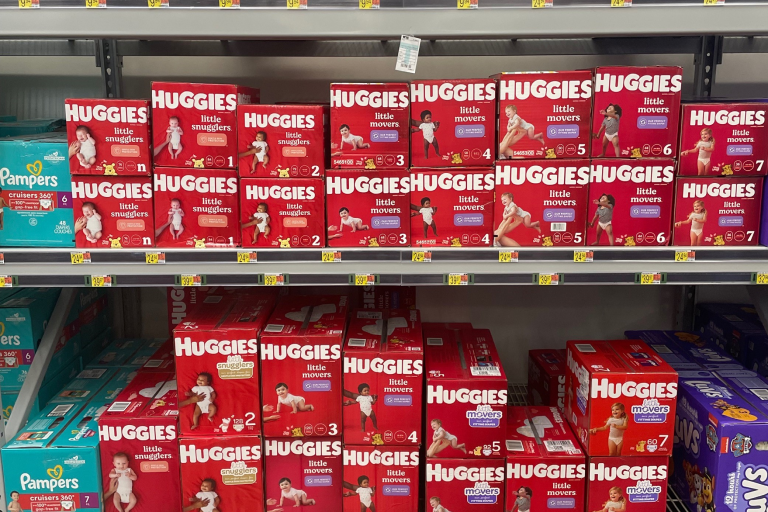Diaper Rash & Diapered Skin Health Resources
Diaper Rash: Everything You Need to Know & Do to Prevent It & Cure It

Be assured, diaper rash is a common condition that usually clears up with some simple diapering routines. It most often develops when contact with urine and stools irritate baby’s sensitive skin. Thankfully, today’s bottom-friendly disposable diapers from Huggies wick away moisture to keep diaper rash at bay as much as possible.
But sometimes diaper rash happens. It’s common between ages 9-12 months, when baby is still primarily sitting and also eating solid foods, which may change bowel movements.
Nurses know how to make baby feel better, so Huggies has teamed up with the mother and baby experts at The Association of Women's Health, Obstetric and Neonatal Nurses (AWHONN) to share their expertise in infant skin care and offer the best ways to prevent and cure diaper rash.
Diapering tips to promote skin health:
You can help avoid rashes from developing and promote healing when a rash is present, at every diaper change with some simple tips:- Always wash your hands before and after every diaper change.
- Change baby’s diaper as soon as it’s soiled; at least every 1-3 hours during the day and once during the night.
- Gently wipe or pat baby’s bottom with warm water and a soft, clean cloth or skin-friendly wipe. Avoid rubbing baby’s skin during a diaper change.
- Always wipe from front to back as you clean baby’s genital area.
- Allow baby’s skin to air dry before re-diapering.
- To prevent irritants from coming in contact with delicate skin, apply a thick layer of petroleum jelly if baby’s bottom appears slightly red. Once a rash has developed, apply zinc oxide-based cream with each change until the irritation is gone.
- Avoid using baby or talcum powder, which can irritate baby’s skin and lungs.
Always follow the ABCDE’s of preventing diaper rash:
- Air: Allow baby’s skin to air dry for as long as possible between changes and regularly give baby some diaper-free time.
- Barrier: Zinc-oxide diaper cream and petroleum jelly provide a barrier between the diaper and urine or stool while your baby’s damaged skin heals. Use at every diaper change in infants who develop rashes frequently.
- Cleanse: Always wipe gently and pat when cleaning baby’s diaper area—never rub while cleansing baby’s skin. Irritant-free wipes may be more effective than warm water when cleaning stool.
- Diaper: Many experts no longer recommend cloth diapers, which expose baby’s skin to irritants, like urine and stool. Thanks to the protective advances in diapering technology, disposable diapers like Huggies Little Snugglers and Little Movers are recommended to help prevent diaper rash.
- Education: Notice when and how your baby experiences diaper rash so you will be aware of any patterns. If baby continues to develop diaper rash, talk to your baby’s pediatrician or nurse.













